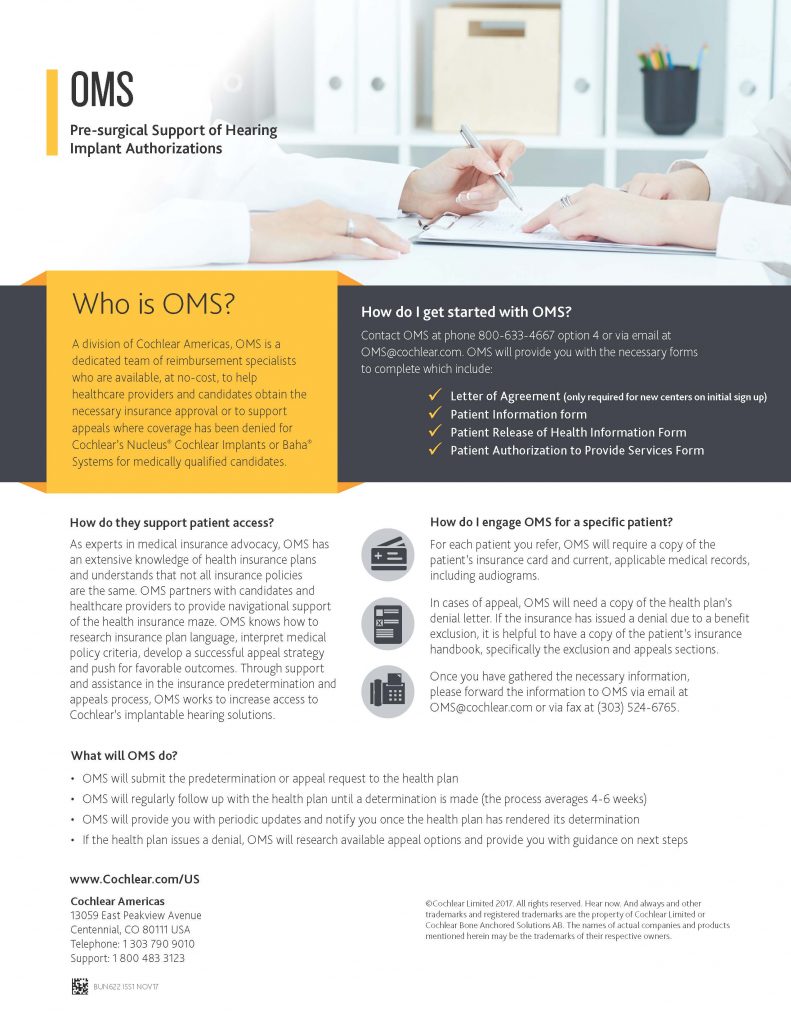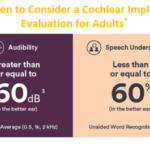Review prepared by: Janette Oliver, Global Outcomes & Rehabilitation Manager, Cochlear Limited, BA., Dip Teach., M.Ed., PG Dip.Ed (Hearing Impaired) Dip.Aud., MA., MAudSA,CCP, Cert AVT
Brain plasticity may be a significant factor influencing variable outcomes among adults with cochlear implants (CIs), research shows.
While access to cochlear implant technology is life changing for many people, clinics continue to see a wide range of outcomes among adult CI users. Differences in demographics, case histories, surgical and clinical factors between individuals do not fully account for this variance. 1,2
Consequently, research groups have been looking further afield for answers.
The evidence suggests that central brain plasticity may be a significant factor influencing variable outcomes among adult cochlear implant users. Learning to hear and listen with cochlear implants requires plasticity within the central auditory system.3
Following surgery and activation there is a period of adaptation that impacts cochlear implant outcomes. This is particularly important for adults with acquired hearing loss.4
For these adults, their central auditory nervous system has matured in the context of normal acoustic input, adapted over time to hearing loss and then adapted again to the restoration of auditory input via a cochlear implant.
The adult CI user must not only relearn how to use incoming auditory input, but as technology cannot return the auditory system to normal nor provide a perfect signal, they need to learn how to use a new kind of signal.
More evidence
In a recent review by Drouin and Theodore (2020), they suggest that active auditory training is a way to maximize adaptation for both low- and high-performing adult CI users.5
Adults continue to learn new skills, but often require more engaged exposure or active practice to do so. Passive or incidental exposure to sound may not be enough for adult cochlear implant listeners. The authors propose that active auditory training may be necessary to target the plasticity mechanisms underlying improvements in speech perception for listeners adapting to a CI.5
A large amount of learning and re-mapping of the new CI signal on to existing acoustic representations of words stored in memory is needed.
Neurocognitive factors such as long-term and working memory capacity are also obvious variables here and have received a lot of attention in the literature. Information processing speed and perceptual attention and organization are also important factors being studied.6,7,8
Brain plasticity is clearly an important factor that influences outcomes in adults who receive cochlear implants. Brain plasticity also potentially contributes to a framework on which rehabilitation and therapy initiatives (link) could be based.5
The literature in the field is showing a growing recognition of the roles of central plasticity, processing and cognition in outcomes for adult cochlear implant recipients. For these reasons, increased attention in the field is turning to the efficacy of providing holistic auditory rehabilitation for adults.
Read more on Cochlear ProNews.
References
1.Boisvert I, Reis M, Au A, Cowan R, Dowell RC. Cochlear implantation outcomes in adults: A scoping review. PLoS One. 2020;15(5): e0232421. Published 2020 May 5. doi:10.1371/journal.pone.0232421;
2. Moberly AC, Bates C, Harris MS, Pisoni DB. The Enigma of Poor Performance by Adults With Cochlear Implants. Otol Neurotol. 2016;37(10):1522-1528. doi:10.1097/MAO.0000000000001211
3.Moore, D., Shannon, R. Beyond cochlear implants: awakening the deafened brain. Nature Neuroscience12, 686–691 (2009). https://doi.org/10.1038/nn.2326
4. Glennon, E., Svirsky, MA., Froemke,RC. Auditory cortical plasticity in cochlear implant users,
Current Opinion in Neurobiology 2020, 60:108–114
5. Drouin, J. R., & Theodore, R. M. (2020). Leveraging interdisciplinary perspectives to optimize auditory training for cochlear implant users. Language and Linguistics Compass. https://doi.org/10.1111/lnc3.12394
6. Rönnberg, J., Lunner, T., Zekveld, A., Sörqvist, P., Danielsson, H.,Lyxell, B., Dahlström ,O., Signoret,C., Stenfelt,S., Pichora-Fuller,MK.,Rudner, M. (2013). The ease of language understanding (ELU) model: Theoretical, empirical, and clinical advances. Frontiers in Systems Neuroscience, 7, 31.
7. Moberly AC, Lowenstein JH, Nittrouer S. Word recognition variability with cochlear implants: the degradation of phonemic sensitivity. Otol Neurotol. 2016;37(5):470-477.
8. Moberly AC, Harris MS, Boyce L, Nittrouer S. Speech recognition in adults with cochlear implants: the effects of working memory, phonological sensitivity, and aging. J Speech Lang Hear Res. 2017 Apr 14;60 (4):1046-1061.







